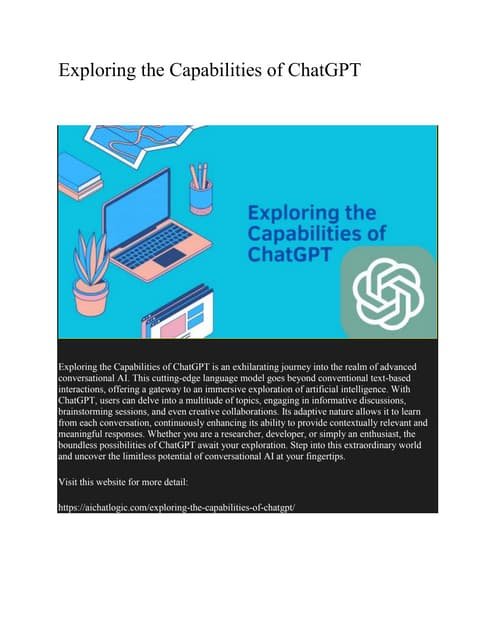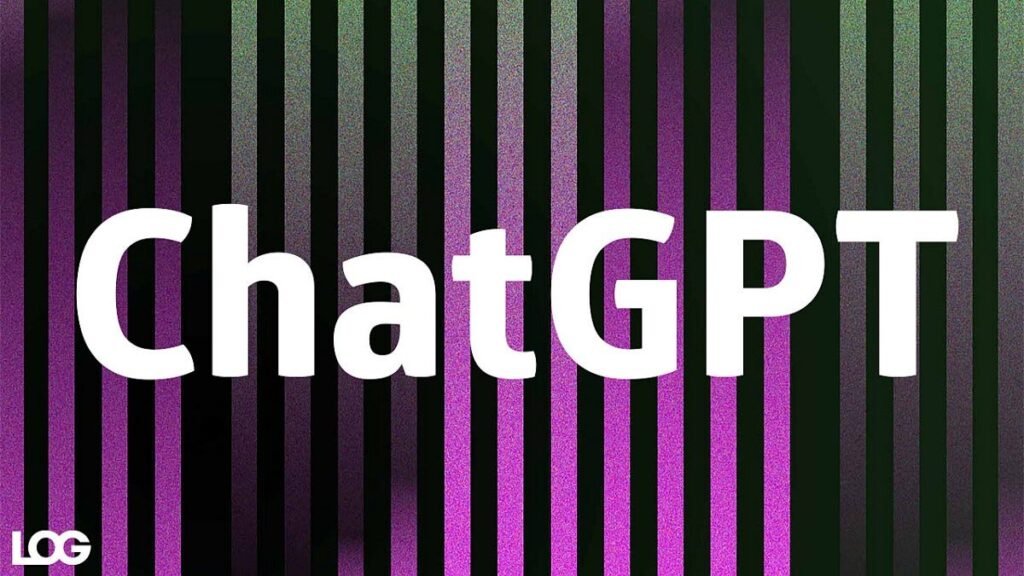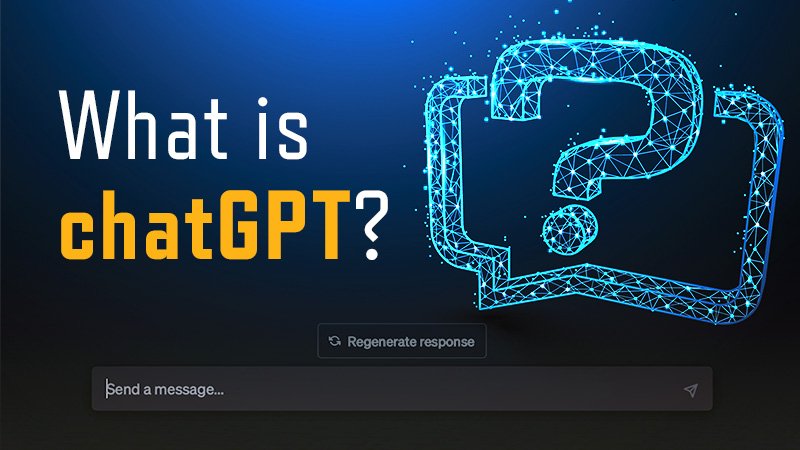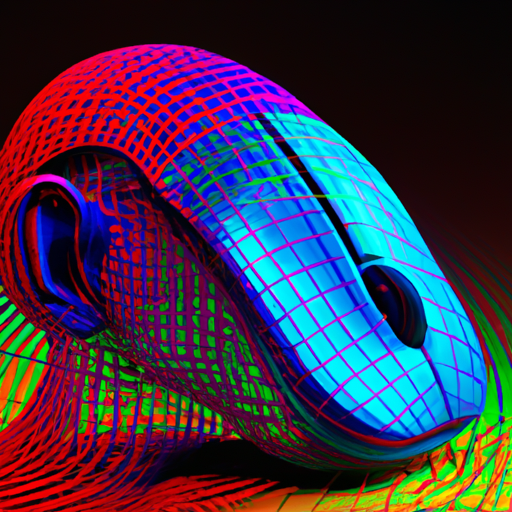


Empowering Excellence: Unveiling The Spectacle Of The FIFA Women’s World Cup™
August 15, 2023


Human Or AI? Decoding The Magic Behind ChatGPT’s Responses
August 15, 2023In this article, we explore the fascinating evolution of chatbots and delve into the capabilities of ChatGPT. As advancements in artificial intelligence have revolutionized the way we interact with technology, chatbots have become an increasingly integral part of our digital landscape. ChatGPT, powered by OpenAI’s state-of-the-art language model, has made significant strides in natural language processing, enabling it to engage in meaningful and human-like conversations. Join us as we uncover the potential of ChatGPT and its impact on various industries, from customer service to virtual companionship.
1. Understanding ChatGPT
1.1 Definition of ChatGPT
ChatGPT is an advanced language model developed by OpenAI that is designed to engage in conversational interactions with users. It utilizes deep learning techniques to generate human-like text responses based on the input it receives. By understanding the context and nuances of natural language, ChatGPT aims to provide relevant and coherent responses to user queries and prompts.
1.2 How ChatGPT works
ChatGPT operates using a variant of the Transformer architecture, a popular neural network architecture for natural language processing tasks. It leverages a set of pretrained parameters and is fine-tuned on specific datasets to optimize its performance. The model relies on a combination of attention mechanisms and sequence-to-sequence learning to generate responses that align with the user’s inputs.
1.3 Training data and model architecture
The training data for ChatGPT consists of a vast amount of text from a diverse range of sources, including books, articles, and websites. This broad dataset helps to expose the model to a wide array of vocabulary and context. The architecture of ChatGPT is based on the GPT-3 model developed by OpenAI, which has been trained using massive computational resources and extensive data. This extensive training ensures that ChatGPT is capable of handling a variety of conversational scenarios.
2. History and Development of ChatGPT
2.1 Background of GPT
GPT, which stands for “Generative Pretrained Transformer,” is a series of language models developed by OpenAI. The GPT models are built on the Transformer architecture and have been trained on large-scale datasets to develop a deep understanding of language. The initial versions of GPT, such as GPT-1 and GPT-2, paved the way for the advancements in natural language generation that led to the development of the more advanced model, GPT-3.
2.2 Release of GPT-3
GPT-3, released in June 2020, brought about significant improvements and breakthroughs in natural language processing. With 175 billion parameters, GPT-3 surpassed its predecessors in terms of scale and capability. It demonstrated remarkable language generation capabilities, making it capable of writing essays, answering questions, and even creating computer code. GPT-3 sparked immense interest and highlighted the potential of large-scale language models for a wide range of applications.
2.3 Introduction of ChatGPT
Building upon the success of GPT-3, OpenAI introduced ChatGPT as a specialized version of the language model focused on chatbot applications. While GPT-3 also exhibited conversational abilities, ChatGPT was specifically fine-tuned to excel in generating responses that are suitable for interactive conversations. It was trained using reinforcement learning from human feedback to maximize its conversational quality and minimize inappropriate or nonsensical outputs. ChatGPT marked a significant step towards creating truly interactive and responsive chatbots.


3. Core Capabilities of ChatGPT
3.1 Natural Language Understanding
One of the core capabilities of ChatGPT is its natural language understanding. By analyzing the input text, the model is able to grasp the intended meaning and context. It can identify keywords, extract information, and understand the nuances of the user’s questions or statements. This robust understanding of natural language allows ChatGPT to effectively process and interpret user inputs.
3.2 Generating Human-like Text
ChatGPT is adept at generating human-like text responses. The model leverages its extensive training on a vast dataset to generate coherent, contextually relevant, and grammatically sound responses. It can mimic the style and tone of human communication, making interactions with ChatGPT feel more natural and engaging.
3.3 Contextual Understanding
One of the key advancements in ChatGPT is its ability to understand and maintain context throughout a conversation. It can retain information from previous messages and use it to generate coherent responses. This contextual understanding enables ChatGPT to have dynamic and meaningful conversations, effectively following the flow of a dialogue and providing relevant responses based on the evolving context.
4. Conversational Aspects and Limitations
4.1 Coherence and Consistency
While ChatGPT strives to be coherent and consistent in its responses, it is not perfect. In certain cases, especially during extended conversations or in the presence of ambiguous or incomplete inputs, ChatGPT may produce answers that lack coherence or consistency. This limitation stems from the inherent challenge of maintaining context and comprehending complex conversations, which can sometimes lead to abrupt or nonsensical responses.
4.2 Sensitivity and Bias
As an AI language model, ChatGPT is susceptible to biases present in the training data. OpenAI puts efforts into reducing biases, but it is challenging to completely eliminate them. Users should be cautious as the model may inadvertently generate biased or prejudiced responses. OpenAI acknowledges this issue and is actively working on addressing bias in language models to ensure fair and inclusive interactions.
4.3 Inappropriate Responses
ChatGPT may occasionally generate inappropriate or offensive responses, despite OpenAI’s efforts to filter such content during the fine-tuning process. These issues can arise due to the model’s exposure to biased or objectionable text during training. OpenAI encourages users to provide feedback on such instances to improve and enhance the model’s behavior.


5. Real-World Applications
5.1 Customer Support and Service
ChatGPT has demonstrated its potential in customer support and service applications. Its ability to understand and respond to user queries in a human-like manner makes it well-suited for assisting customers with common inquiries, troubleshooting issues, and providing relevant information. By leveraging ChatGPT, businesses can enhance their customer support capabilities and provide personalized and efficient assistance.
5.2 Virtual Personal Assistants
Virtual personal assistants powered by ChatGPT offer a more interactive and engaging user experience. Through natural language understanding and generation, ChatGPT-based assistants can perform tasks such as scheduling appointments, answering questions, or organizing personal information. These assistants have the potential to streamline daily tasks, enhance productivity, and provide personalized assistance.
5.3 Content Generation and Curation
ChatGPT’s ability to generate human-like text responses makes it a valuable tool for content generation and curation. It can assist content creators with generating ideas, drafting blog posts, or creating marketing materials. With its contextual understanding and language generation capabilities, ChatGPT serves as a creative partner, reducing the time and effort required in content creation and enabling more efficient workflows.
6. Ethical Considerations
6.1 AI Safety and Control
As language models like ChatGPT continue to advance, it is crucial to prioritize AI safety and control. Developers and organizations must ensure that proper safeguards are in place to prevent the misuse of such models. OpenAI actively promotes safe and responsible use of ChatGPT, emphasizing the need for transparency, accountability, and proactive measures to mitigate potential risks.
6.2 Privacy and Data Protection
ChatGPT interacts with users and processes their inputs, raising concerns about privacy and data protection. It is essential for developers and organizations to establish robust privacy policies and implement measures to safeguard user data. Striving for transparency and informed consent, OpenAI has put systems in place to preserve user privacy and provide control over personal information shared during interactions with ChatGPT.
6.3 Responsible Use of Chatbots
Alongside the ethical considerations surrounding ChatGPT, responsible use of chatbots is imperative for maintaining trust and preserving the user experience. Organizations should ensure that chatbots are deployed with clear guidelines and limitations, avoiding situations where the technology is exploited or used to deceive users. Maintaining transparency about the capabilities and limitations of chatbots fosters responsible use and promotes responsible AI practices.


7. User Experience and Feedback
7.1 User Interaction and Satisfaction
ChatGPT aims to provide an engaging and satisfactory user experience. By generating responses that resemble human-like conversations, the model seeks to create a more natural and intuitive interaction. However, user satisfaction can vary depending on individual expectations and interaction scenarios. Continuous monitoring and refining of the user experience contribute to improving the performance and effectiveness of ChatGPT.
7.2 Identification of Limitations
To ensure the ongoing development and improvement of ChatGPT, it is essential to identify and address its limitations. Users play a crucial role in this process by providing feedback on instances where ChatGPT fails to meet expectations or exhibits undesired behavior. OpenAI encourages users to report any issues they encounter, enabling the refinement and optimization of the model over time.
7.3 User Feedback and Iterative Improvement
OpenAI places great value on user feedback and adopts an approach of iterative improvement for ChatGPT. By collecting user feedback and evaluating real-world usage, OpenAI can identify areas of improvement and implement updates to enhance the model’s performance. This constant feedback loop helps refine the capabilities and address the limitations of ChatGPT, ensuring that it evolves to meet user needs.
8. Future Developments and Possibilities
8.1 Improving Language Understanding and Bias
The future development of ChatGPT will focus on further improving language understanding and reducing biases. OpenAI is committed to addressing biases in both model behavior and deployment policies, emphasizing fairness, inclusivity, and minimizing the impact of unintended biases. Efforts to enhance language understanding will enable ChatGPT to better comprehend nuanced queries and deliver more accurate and contextually appropriate responses.
8.2 Integration with Voice Assistants
Another potential future development involves integrating ChatGPT with voice assistants, expanding its capabilities to voice-based interactions. This integration would enable users to have conversational interactions with voice assistants that possess the natural language generation and understanding prowess of ChatGPT. Such advancements have the potential to revolutionize voice-based user experiences and make them more interactive and personalized.
8.3 Multi-Modal Chatbots
The evolution of ChatGPT could also involve the development of multi-modal chatbots. By incorporating visual understanding into the model, multi-modal chatbots would be capable of processing and generating responses based on both text and visual inputs. This could pave the way for more sophisticated interactions, where users can provide visual context alongside their queries or receive visual information as part of the response.


9. Comparison with Other Chatbot Models
9.1 GPT-3 vs. ChatGPT
While ChatGPT is built upon GPT-3, it is specifically fine-tuned and optimized for chatbot applications. GPT-3, with its larger model size, possesses remarkable language generation capabilities but lacks the fine-tuned conversational aspect of ChatGPT. GPT-3 is more suitable for generic language generation tasks, while ChatGPT excels in interactive conversational scenarios, making it a preferred choice for chatbot applications.
9.2 ChatGPT vs. Rule-Based Chatbots
Compared to rule-based chatbots that rely on predefined patterns and responses, ChatGPT offers more flexibility and adaptability. Rule-based chatbots may struggle with handling complex and nuanced conversational scenarios, while ChatGPT leverages its machine learning capabilities to generate responses based on learned patterns from extensive training data. This enables ChatGPT to provide more dynamic and contextually appropriate responses.
9.3 ChatGPT vs. Neural Dialogue Models
ChatGPT distinguishes itself from other neural dialogue models by its emphasis on a balanced approach between safe and coherent responses. While some neural dialogue models prioritize safety by being overly cautious and generating conservative responses, ChatGPT aims to generate context-aware, coherent, and engaging dialogue while also considering potential safety concerns. This balanced approach allows ChatGPT to strike a better balance between safety and conversational quality.
10. Conclusion
10.1 Recap of ChatGPT’s Capabilities
ChatGPT showcases impressive capabilities in natural language understanding, human-like text generation, and contextual understanding. It leverages a variant of the Transformer architecture and has been trained on extensive datasets to provide engaging and interactive conversational experiences.
10.2 Impact of ChatGPT in Various Fields
The introduction of ChatGPT has the potential to revolutionize various fields. From customer support and service to virtual personal assistants, chatbots powered by ChatGPT enhance user experiences and provide efficient solutions. Content generation and curation also benefit from ChatGPT’s natural language generation capabilities, improving productivity and creativity.
10.3 Future Prospects and Challenges
Moving forward, the development of ChatGPT will focus on improving language understanding, addressing biases, and exploring integration with voice assistants and multi-modal interactions. Ethical considerations, user feedback, and responsible AI practices will shape the evolution and deployment of ChatGPT, ensuring its responsible and beneficial use in the future.







